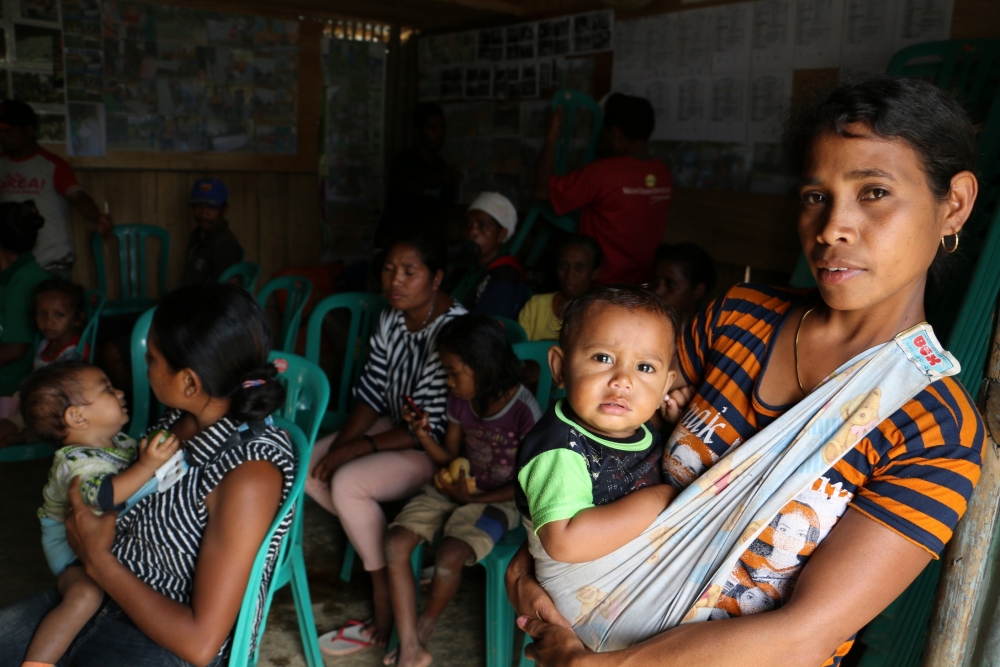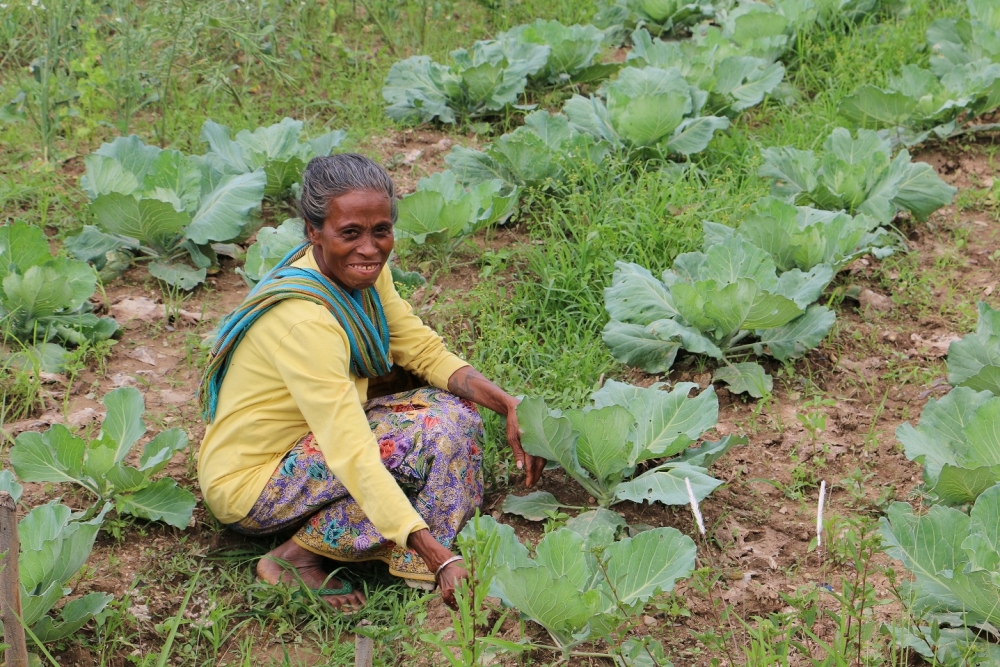
Farmers in Timor Leste call the months from November to February “the hungry season”, and this year could be even worse than usual thanks to poor harvests related to the weather phenomena El Niño and La Niña.
By November, farming families in Timor Leste tend to have eaten or sold all their produce. They’ve planted new crops with the rains, but they must wait until the next harvest is ready in March or April.
Many of the country’s 1.2 million people are already chronically hungry. Timor Leste was ranked the second hungriest country in Asia by the International Food Policy Research Institute, which released its annual Global Hunger Index Tuesday. It was the ninth on the list globally, on par with war-torn Yemen and Afghanistan.
The problem will likely be worse this year, after El Niño hit the country in 2015 and 2016, bringing drought that killed crops. That weather phenomenon is often followed by La Niña, which can bring heavy rains and landslides, prevent planting and wash away crops before they have a chance to grow.
The US National Oceanic and Atmospheric Administration said in August there is a 40 percent chance that La Niña will hit Timor Leste next month.
That would be devastating for farmers like Herman Pereira, who is the chief of Manahat, a village of about 70 households on the western frontier with Indonesia. He pointed to the nearby mountains, and said that in good years villagers take their crops across the border to sell. But this year, there’s nothing left to peddle.
“Our cassava and corn did not grow well, the plants died from the top and the papaya leaves fell off,” said Pereira.
Constant hunger
Farmers throughout the country are facing the same difficulties, according to an El Niño assessment commissioned by the NGOs Plan, CARE, Oxfam, World Vision and Caritas.
Published in February, the assessment said that 70 percent of Timor Leste's citizens are subsistence farmers. Of those surveyed, 72 percent were experiencing a long dry season, 56 percent had delayed plating crops, 80 percent did not have water for their gardens, and 55 percent of families had reduced the number of meals they eat each day.
And while the past year has been tougher than most, food security is a constant issue for many Timorese.
 Elsa Da Arujo tends her crop at Hkhmor, Timor Leste (All photos by Wendy Levy/IRIN)
Elsa Da Arujo tends her crop at Hkhmor, Timor Leste (All photos by Wendy Levy/IRIN)
Unrecognised crisis









